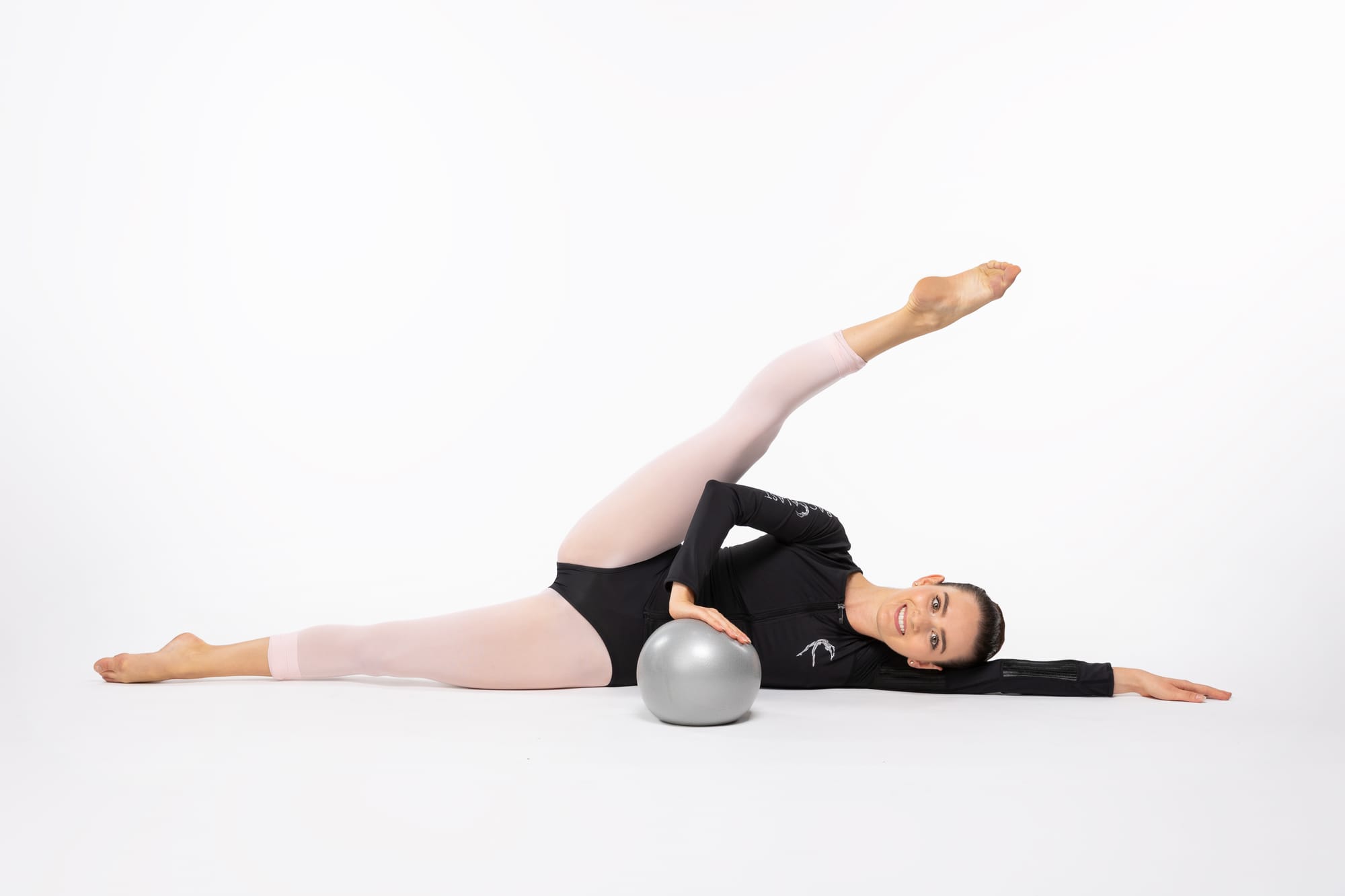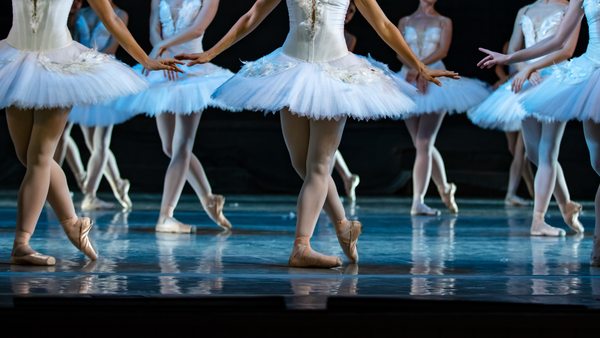In the ever-evolving world of dance, trends and techniques come and go, capturing the attention and fascination of performers and enthusiasts alike. However, the recent surge in overstretching practices has raised concerns about the long-term effects on dancers' bodies, particularly in relation to premature hip injuries. In this blog post, we delve into the impact of overstretching in dance and shed light on why this trending phenomenon could be putting dancers at risk. Join us as we explore the delicate balance between flexibility and injury prevention, emphasizing the importance of sustainable practices for lifelong performance.
1. The Allure of Overstretching: We start by unraveling the allure of overstretching and how it has become a widely adopted practice among dancers. From social media platforms to viral videos, we analyze the factors that contribute to its popularity and the pressure it puts on performers to achieve extreme ranges of motion. While the desire for exceptional flexibility is understandable, we delve into why a cautious approach is crucial to ensure dancers' longevity in their art form.
2. The Hip Joint: A Vulnerable Target: Next, we shift our focus specifically to the hip joint—an intricate and vital structure in dance movement. By delving into its anatomy and biomechanics, we shed light on why it is particularly susceptible to injuries caused by overstretching. Through expert insights and research findings, we uncover the potential consequences that dancers may face when pushing beyond their natural limits.
3. The Dangers of Overstretching: In this section, we explore the various risks associated with overstretching practices. From strains and sprains to labral tears and joint instability, we examine the spectrum of injuries that can result from the excessive demand placed on the hip joint. By highlighting real-life case studies and testimonials from professional dancers, we aim to raise awareness about the potential long-term damage that can arise from prioritizing extreme flexibility over injury prevention.

4. Finding Balance: Sustainable Practices for Dancers: Concluding the blog post, we focus on the importance of finding a balance between maintaining flexibility and safeguarding the body. We delve into alternative methods for achieving and preserving optimal range of motion, such as targeted strength training, cross-training, and effective warm-up, and cool down routines such have been carefully constructed in the Progressing Ballet Technique syllabus. By incorporating PBT into training regimens, dancers can pursue their passion while minimizing the risk of premature hip injuries.
"The Body is Forever" sheds light on the trending phenomenon of overstretching in dance and its detrimental impact on the hip joint. By highlighting the risks involved and emphasizing the significance of sustainable practices, we advocate for a mindful approach to training that prioritizes long-term well-being over short-lived trends. Join us as we empower dancers to cherish and protect their bodies, ensuring their artistry endures for a lifetime.






